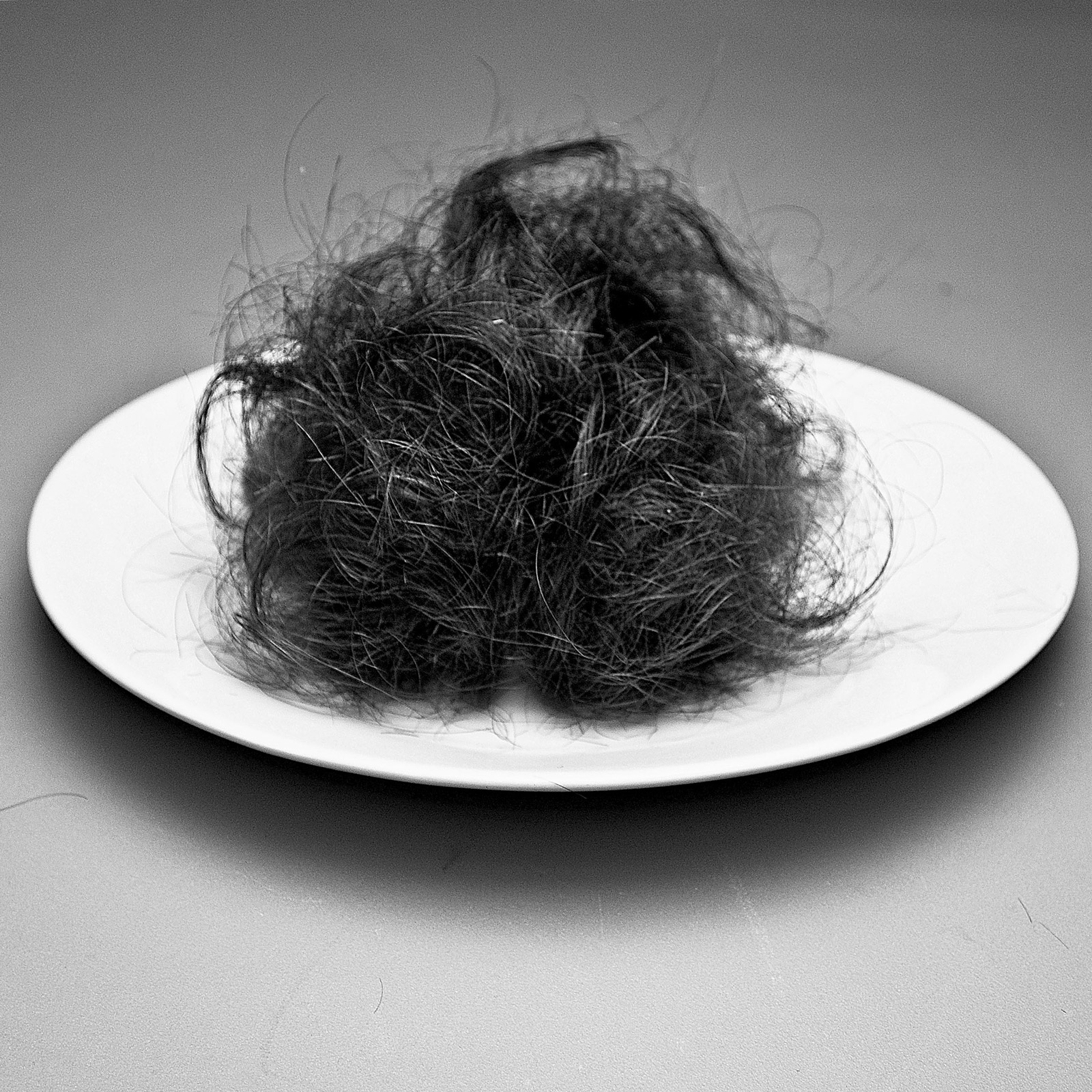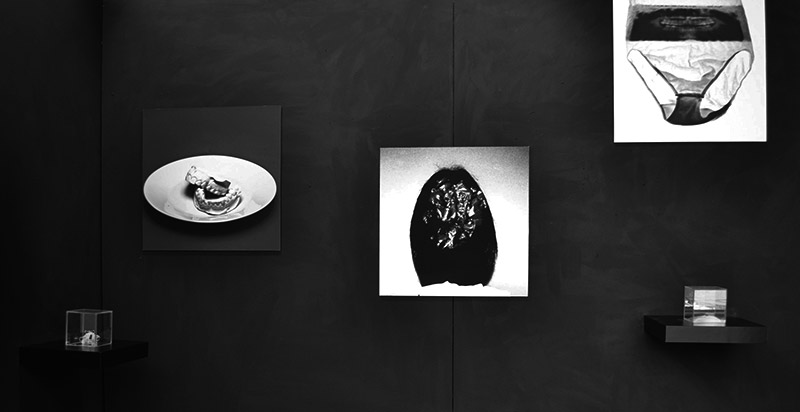CONTEXTS Gabriela Warzycka-Tutak 3 XII 2015 – 31 XII 2015 Żak Art Gallery in Gdańsk TEXT Małgorzata Zofia Wesołowska

Context (from Latin contextus) is a relation, connection, dependence. It means the dependence of the content of a fragment of a text, statement or word on the content and meaning of the words that precede or follow it. In many cases, the momentary context of a discussion, conversation, intention or negotiation significantly alters the meaning of the words in use. A visual context may suggest to the viewer the way in which to perceive the viewed object. It may also intentionally misinform or disorientate them.
Kontekst (z łacińskiego contextus) to związek, łączność, zależność. Oznacza zależność treści fragmentu tekstu, wypowiedzi lub słowa, od treści i znaczeń słów ją poprzedzających lub po nich następujących. W wielu przypadkach chwilowy kontekst dyskusji, rozmowy, intencji czy negocjacji zmienia istotnie znaczenia używanych słów. Kontekst wizualny może sugerować odbiorcy, w jaki sposób ma postrzegać oglądany obiekt. Może go też celowo dezinformować i dezorientować.

The elaborate photographs by Gabriela Warzycka-Tutak revolve around the theme of the human body situated in a visual context that is different from the natural. Her black and white square composition featuring carefully elaborated chiaroscuro bring to mind X-ray film, they evoke the smell of a hospital, or perhaps a dissecting room. Gabriela undresses the body, or rather bodies, not only by portraying them naked, but even mathematically factorised. In order to describe the climate of these images in a more radical way, one might venture a comparison with dismantling the carcass, which consists in dividing meat into selected fragments.
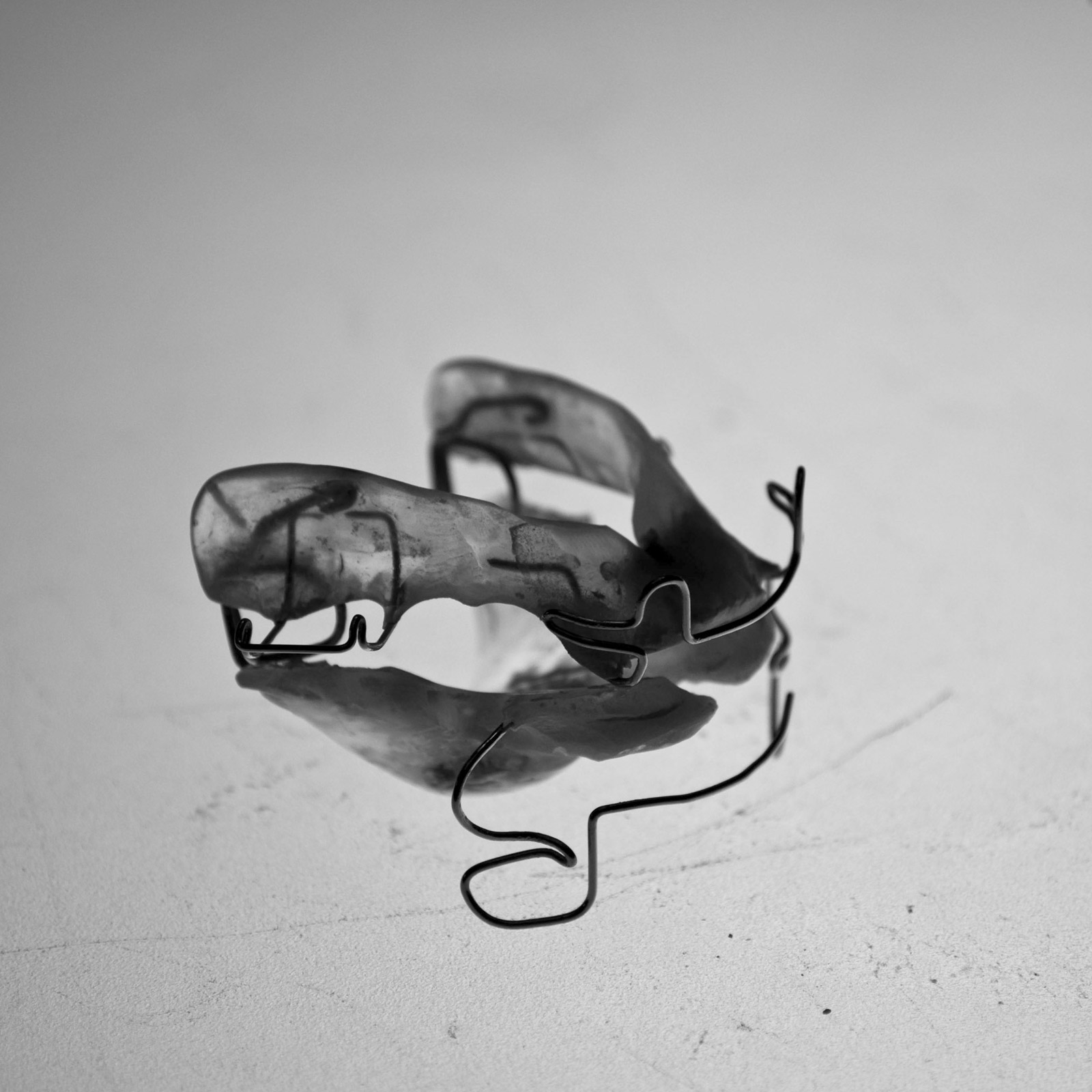
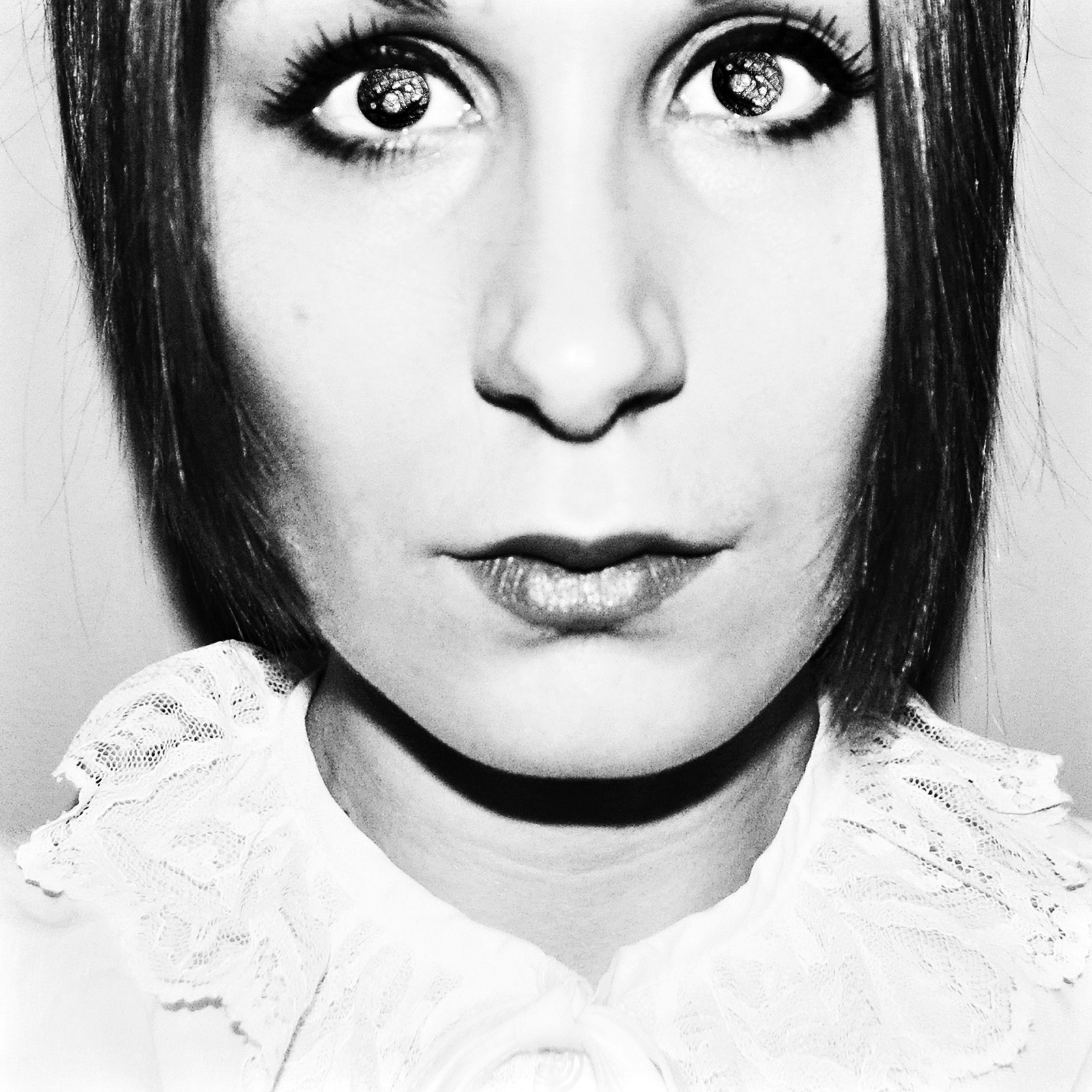
The effect of multiplication, the creation of a multiplicity of mutually unconnected fragments amplifies the butcher’s shop connotation produced by the vitrine display of an object on a plastic tray, perversely packed in plastic foil, well chilled. The photographs emanate a dissecting room coldness. Light is cold, even darkness is cold; cold is the manner of the laboratory-like, luckily only digital, fragmentation of the body/bodies into parts and organs, the textures, surfaces and objects that complement the composition are cold as well: porcelain, metal, wire, translucent plastic mass, white silk or polyester.
It is not a play with the body; the photographs have an air of seriousness and ice-cold dramatism of the situation after, the mystery of disintegration as opposed to the consistency ensured by faith in the soul or integrality.
The disintegrated bodies from the cycle Contexts not only gave up the ghost, but even lost their integrality, in which we nevertheless believe when we are examined by a doctor. Here, we are subjected to a careful examination by technicians whom we seldom encounter in reality, but whose existence we realise: dental technician, diagnostic technician, X-ray technician, instrumenting nurse. We do not encounter them (in most cases, and seldom when we are fully conscious), but they encounter us on a macro scale, viewing us in fragments.
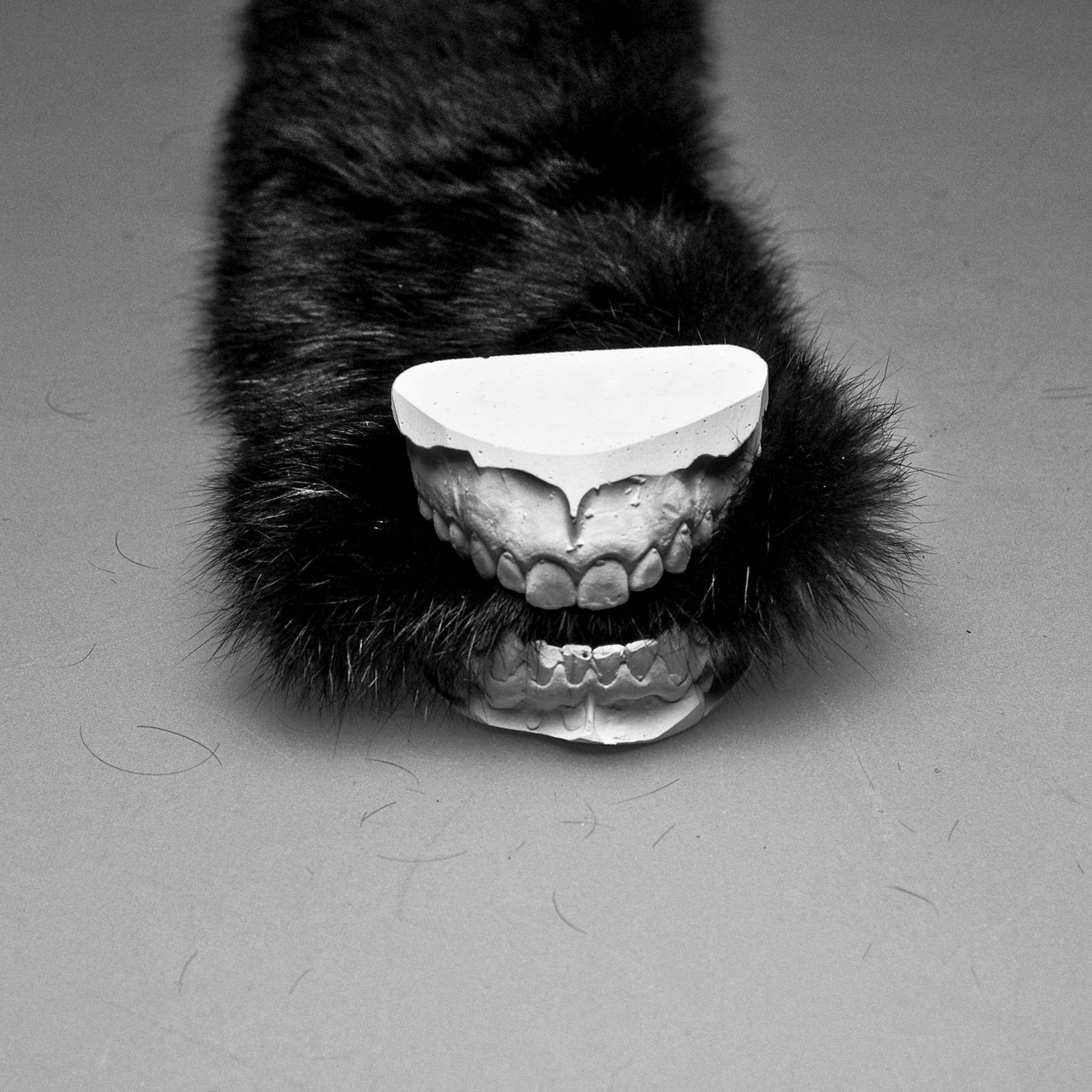
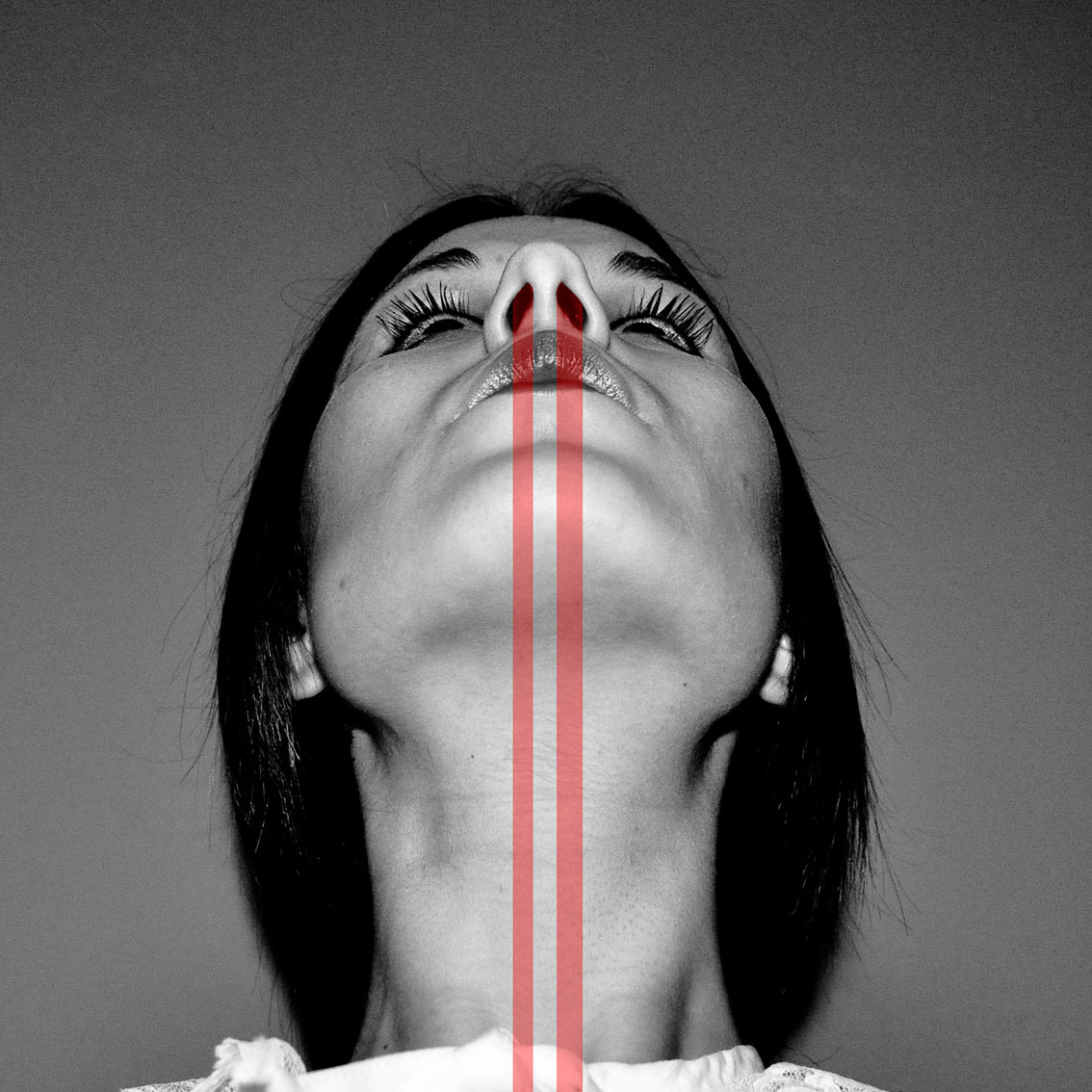
To a large extent this is the very manner in which the eponymous Contexts can be read: the body in completely unnatural surroundings, which deliberately disorientate the viewer. The paradox of the medical context of this logic consists in the fact that the objective of the laboratory precision of diagnostics is a reintegration of the body (healing), and therefore guidance (navigation), and not disorientation.
Hospital and laboratory interiors, dissecting room contexts, the disintegrated body, decorated with wire or held together with a metal clamp, dried with a cloth, X-rayed, subjected to viewing from all sides, have led the artist to another phase in life, in which she seems to be on the lookout for a spiritual or psychic factor that would possess the power to integrate.
